One of the most important parts of creating an acrylic painting takes place before you even put brush to canvas: mixing the paints. Learning how to mix acrylic paint perfectly — including some tips and tricks — will help you create beautiful colors that will make your artwork more vibrant and realistic.

How to mix acrylic paint
This collection of 11 hacks, tips, and helpful tricks for mixing acrylic paint teaches you some simple lessons — so you don't have to learn them the hard way! Read on, then fast forward to creating awesome colors and painting up a storm.
1. Add white or a lighter version of a color to add complexity
Have you ever noticed that acrylic paint used directly from the tube sometimes looks flat and hard on your painting surface? Consider adding a touch of white or a lighter version of the color you are using to add complexity to the color. Just this small change can add a lot more dimension to your art.
2. Add white to reinforce colors
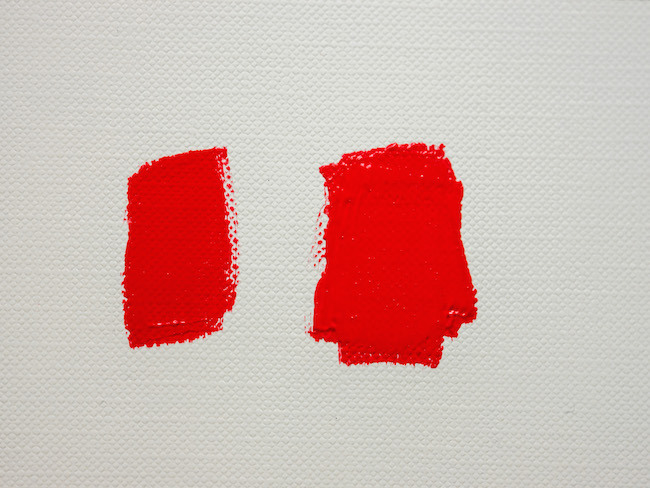
If you've painted with different colors of acrylic paint, you may have noticed that some colors are more opaque than others. Adding a touch of white paint to any color will add opacity in addition to making it a more well-rounded color.
Above, the red paint on the left is straight out of the tube, while the one on the right has a bit of white added.

Personally, I add a touch of white to just about every color I paint so that it has an increased opacity. Go ahead and buy a large tube of white acrylic paint — it is so valuable in this way.
3. Don't use black to darken colors
You use white to lighten colors, so it makes sense to use black paint to darken them, right? Not so fast.
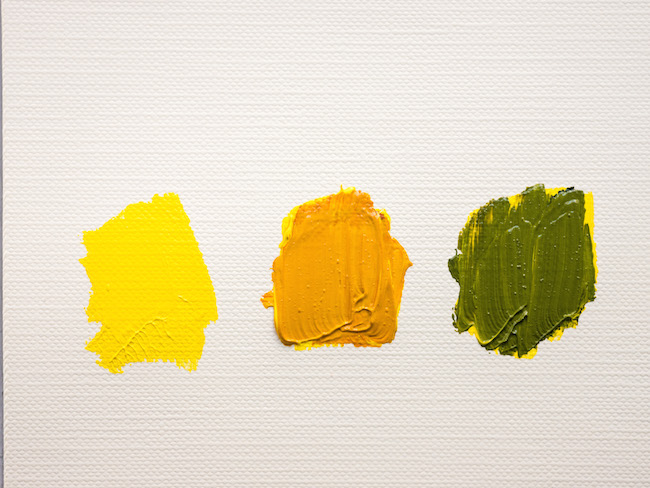
Black paint tends to make colors muddy and murky, so it's best used in compositions where this effect will work to your advantage. To create a darker color that's still vibrant, try adding brown or dark blue. While this might seem unusual, the painted effect will be more vibrant and natural-looking.
For example, look at the yellow mixtures above. On the far left, you see yellow paint straight out of the tube. The mixture in the middle combined yellow and brown, creating a pleasing burnt mustard color. On the far right, I mixed yellow with black — not the deep amber tone I was going for.
4. Make a basic skin tone using primary colors

The secret to making a great skin tone base? Combine all of the primary colors.
5. Add a touch of green or blue color to skin tones

Adding a touch of green or blue to a skin tone might make it sound like you're painting an alien portrait, but have faith! A tiny (tiny!) touch of blue or green paint added to a skin tone can add depth and complexity to the color, making it look more realistic. Really study the skin tone you're trying to match to see if this might be a valuable tip for you.
6. Make blues deeper with...red?

The secret to making deep blue oceans, luminous skies, and vibrant blue blossoms? A touch of red paint. The swatch on the right, above, has just a bit of red mixed in.
The trick is not to add too much — otherwise, your beautiful blue will become a deep purple. But a small amount of red can add a richness to blues that keeps them from feeling too flat.
7. Make brown paint in seconds with primary colors
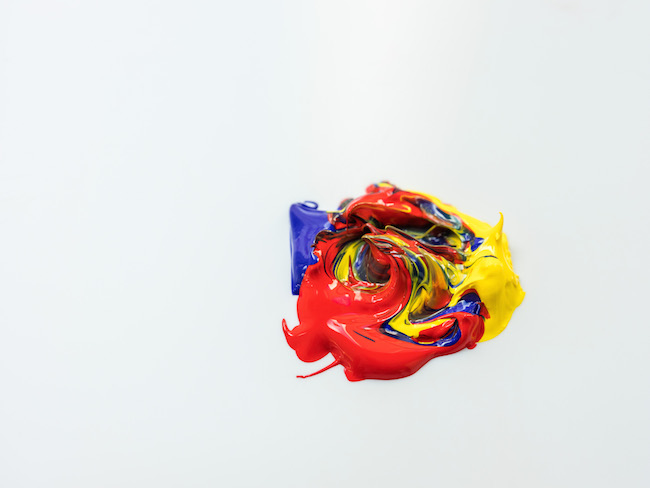
Here's the easiest way to make brown paint: Combine equal (or roughly equal) quantities of the primary colors. Yellow, red, and blue — combining these will yield brown paint in a snap. Then, you can refine your shade of brown by adding more of one color or adding white.
8. Make a basic version of your color, then refine it
Mixing colors doesn't have to be stressful. Here's the way I go about it: Make a very basic version of the color you're going for, and then refine from there.

For instance, if you want to make a tangerine orange, start by combining equal parts of red and yellow paint. Chances are, this will yield more of an orange orange, so evaluate what the color needs to become what you want it to be. In this case, adding more yellow and a touch of white helps. Add colors little by little, refining a color to suit your needs.
9. Mix your colors a shade or two lighter than your desired final outcome
You might already know this, but it bears repeating: Your paint will dry slightly darker than it looks on your palette. Keep this in mind when mixing colors, and try to mix colors a shade or two lighter than you want for the final outcome.
To test the finished color, you can use the same trick they do on top of room paint: Smudge a bit on paper to see how it dries.
10. Create a family of colors
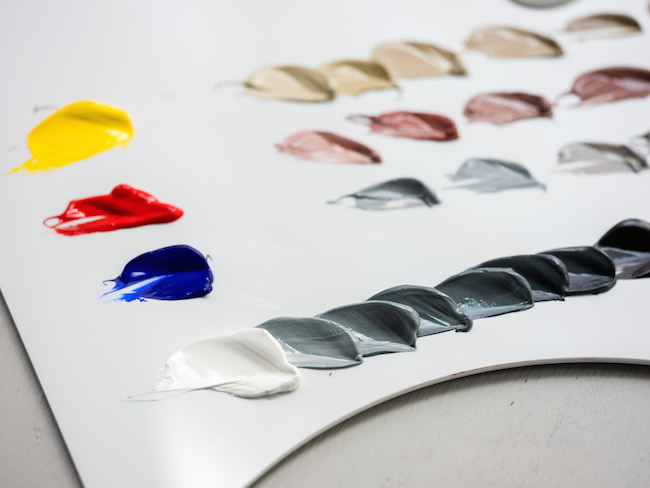
Once you've mixed a color for a key component in your painting, create a "family" of tones around it.
For instance, say you've created a perfect blue for the vase of flowers you want to paint. Create another version of that blue color with a little bit of yellow added, another version with a little bit of red, etc.
This will help you create the shadows and highlights in various parts of the painting with a natural color progression. It will look more natural than adding a blot of red paint to the surface!
11. Store mixed colors in old film canisters
Once you've mixed the perfect color, be sure to save it! Since acrylic will dry if left out, store the remainders of that perfect color in airtight containers such as film canisters (which can be readily purchased in bulk on sites like eBay or Amazon. This will help maintain the color if you need to take a break or want to continue your painting another day.
Here are some more color-mixing resources from Craftsy you might be interested in:
Hues, Tints, Tones and Shades: What's the Difference?
How You Can Make Millions of Colors With Just 3 Tubes of Paint
An Easy Method for Mixing Skin Tones with Acrylic Paint
Color Mixing 101: How to Mix Brown Paint in Acrylic
Color Mixing with Confidence
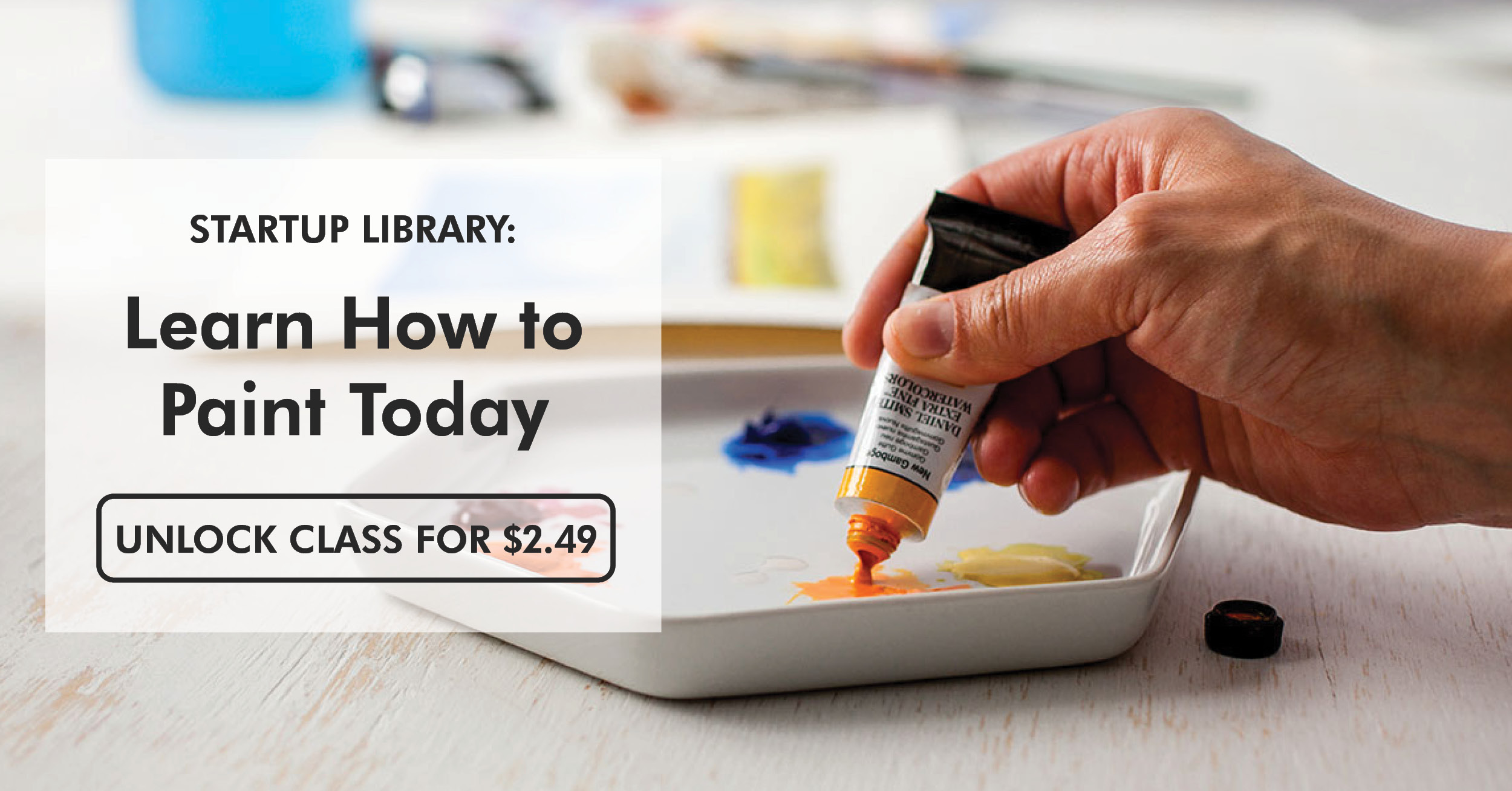

I think it’s a good idea to say equal mix of three main colors makes brown, but equal mix of the impact of three main colors is gray. I have worked toward finding gray through the main colors using online tool help that spots color in photos and gives me the rgb code. I usually bias too much red but I’m very close by training now, all I have to do is boost green and blue, or blue and yellow in appropriate anpmounts. 1/1/1 colors = brown due to weighting of impact being different by pigment
Thank You!! This helps a lot!
What about metallic paint. Does it mix the same way?
Thank you. It’s so generous of you to offer these tips
Could I please have a color chart?
Thank you! I’ve learned very important things
Hi can I have a colour chart please
Interested in colour guide
Interested in the colour guide
Useful tips. Thank you.